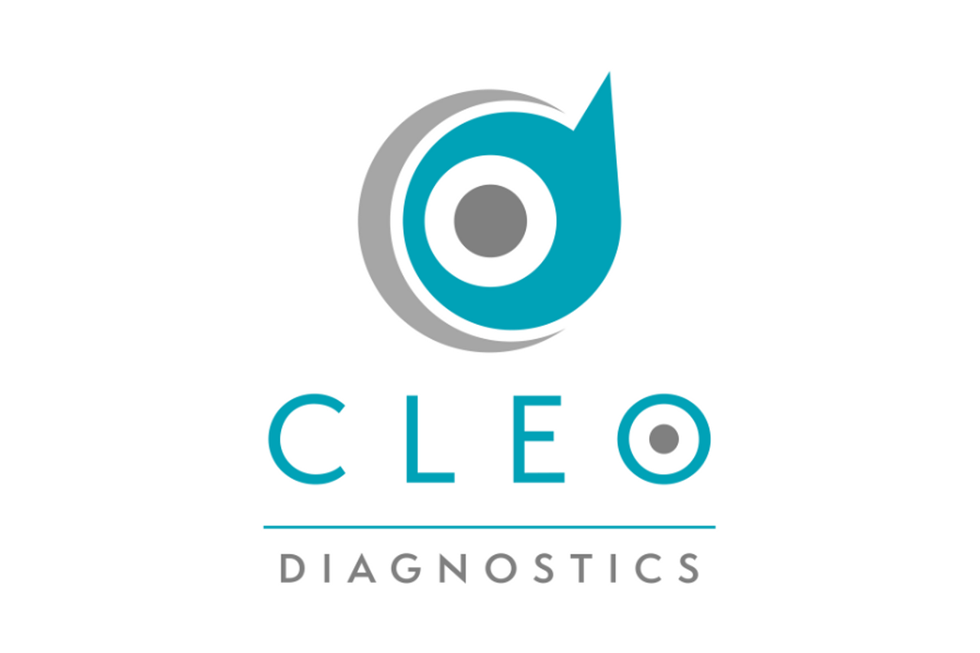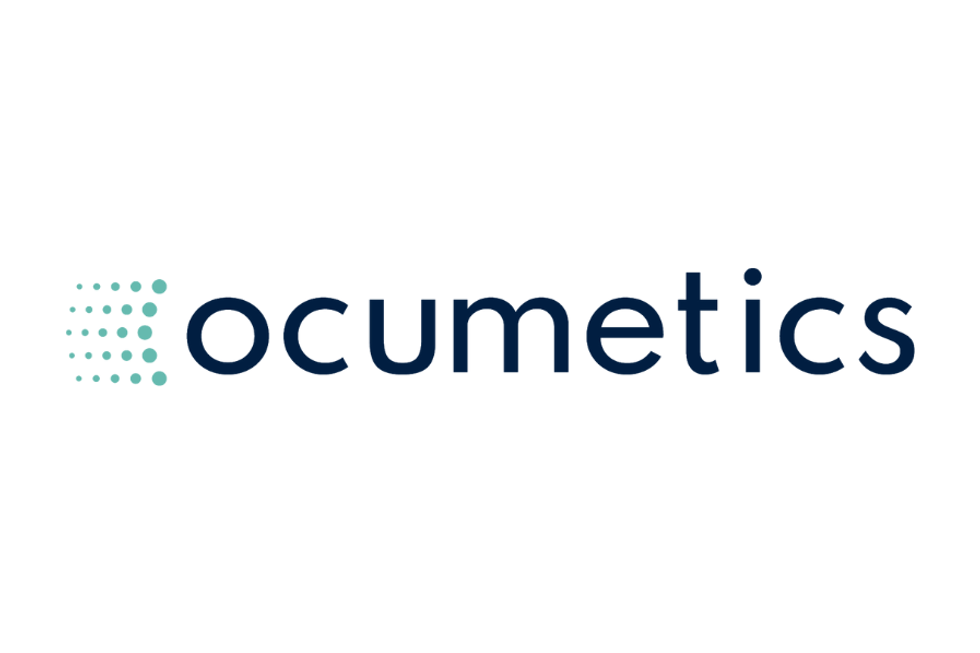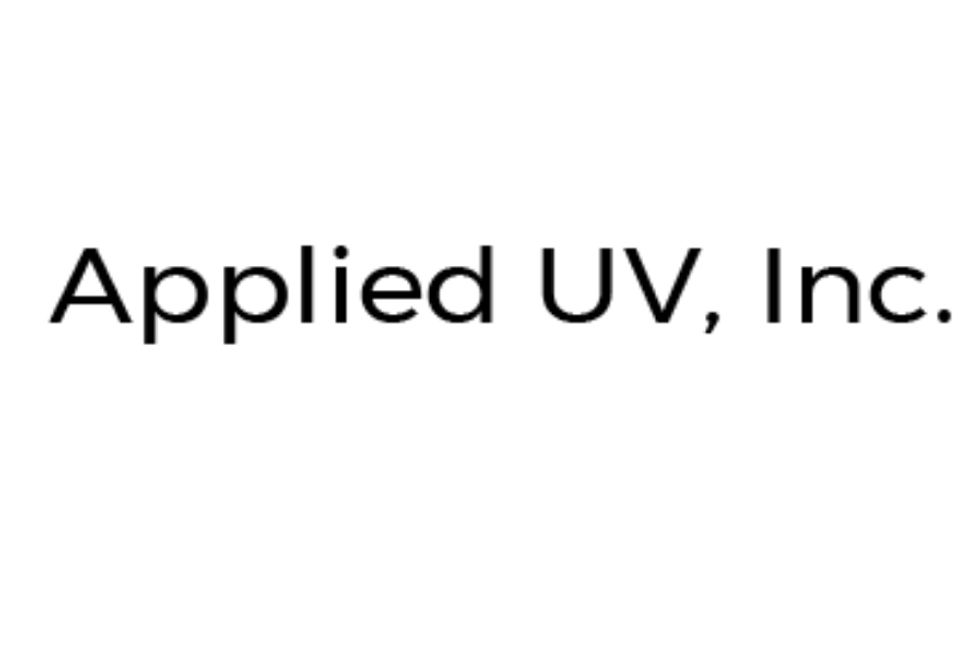BrainsWay Announces Results in Pivotal Multicenter Study
The company has announced results from its H4 Deep transcranial magnetic stimulation system as a tool for smoking cessation.
BrainsWay (NASDAQ:BWAY, TASE:BWAY) has announced the final results from its multicenter trial assessing the safety and efficacy of its H4 Deep transcranial magnetic stimulation system (Deep TMS) in smoking cessation ain adults with chronic smoking addiction.
As quoted in the press release:
This trial represents the first multicenter pivotal study conducted with any non-invasive brain stimulation device in the addiction space.
The results reported are from a randomized, double-blind, multicenter study designed to evaluate the safety and efficacy of H4 Deep TMS treatment as an aid in reducing cigarette smoking in individuals suffering from chronic smoking addiction. The trial was conducted at 14 sites, primarily in the U.S., and enrolled 262 eligible subjects randomized into two groups: an active treatment group treated with BrainsWay’s proprietary H4 coil targeting addiction-related brain circuits, and a sham (placebo) control group. The primary endpoint of the study was a comparison between the two groups of the four-week continuous quit rate (CQR), representing abstinence during a consecutive four-week period. Weekly abstinence was defined as a subject’s self-report (in a diary) of no smoking, confirmed by urine tests indicating abstinence from smoking. The participants in the study were highly addicted to smoking, with a history of smoking on average for over 26 years and multiple failed attempts to quit.
Of the 168 participants in the study who actually completed three weeks of H4 Deep TMS or sham treatment, plus the mandatory additional three weeks of follow-up (reaching the six-week endpoint), the CQR was 28.4% in the treatment group compared to 11.7% in the sham group (p=0.0063). The primary endpoint was defined based on the CQR among those subjects who received at least one H4 Deep TMS (or sham) treatment session and had at least one post-baseline assessment, even if not completing the treatment period. Within this cohort (which consisted of 234 participants and included dropouts) the CQR was 19.4% in the treatment group and 8.7% in the sham group (p= 0.0174).
An important secondary endpoint was the reduction in the number of cigarettes smoked. At baseline, the average number of cigarettes smoked per week was 132 for the active group and 127 for the sham group. After 3 weeks of treatment, the average number of cigarettes smoked per week was reduced to 38 in the active group and 57 in the sham group (p= 0.0018, active vs. sham). By the sixth week of the study, the average number of cigarettes smoked per week declined to 31 for the active group and 48 for the sham group (p=0.0125, active vs. sham).





